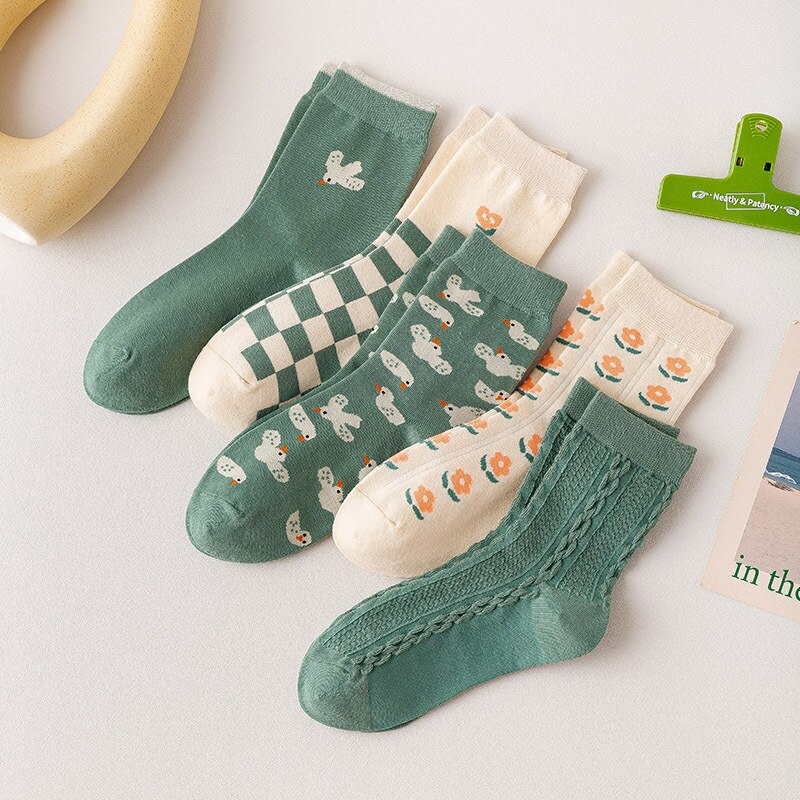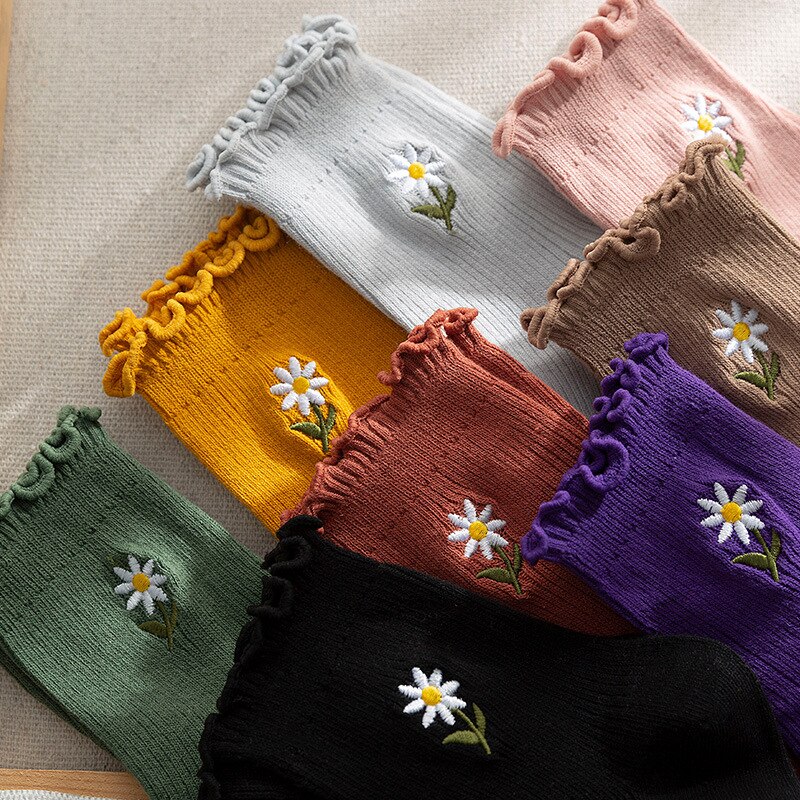Eco-friendly socks are becoming increasingly popular in today’s society, as people are becoming more conscious of their environmental impact. These socks are made from sustainable materials and are produced in an environmentally responsible manner. In this blog post, we will explore the various benefits of eco-friendly socks and why they are a great choice for those who are looking to reduce their carbon footprint.
One of the primary benefits of eco-friendly socks is their reduced environmental impact. Traditional socks are typically made from non-renewable materials, such as synthetic fabrics or petroleum-based products. The production of these materials requires significant amounts of energy and resources, which can have a negative impact on the environment. In contrast, eco-friendly socks are made from renewable materials that are grown or produced using sustainable methods, reducing their carbon footprint.
Another benefit of eco-friendly socks is that they are often produced using renewable energy sources. Many manufacturers of eco-friendly socks use solar or wind power to run their factories, which reduces their carbon footprint even further. Additionally, some manufacturers use recycled materials to produce their socks, such as recycled plastic bottles or discarded fishing nets. By using these materials, they are preventing waste from ending up in landfills or oceans.
Eco-friendly socks are also often made using ethical labor practices. Many companies that produce eco-friendly socks ensure that their workers are treated fairly and paid a living wage. This means that consumers can feel good about supporting companies that prioritize both sustainability and social responsibility.
Aside from their environmental and social benefits, eco-friendly socks also have practical advantages. For example, some eco-friendly socks are designed to be more durable and long-lasting than traditional socks. This means that consumers can reduce the frequency at which they need to replace their socks, which not only saves money but also reduces waste.
Eco-friendly socks are also often designed to be more comfortable than traditional socks. For example, some companies use specialized cushioning or moisture-wicking materials to ensure that their socks are more comfortable and functional. This means that consumers can enjoy the benefits of wearing socks, such as reducing the likelihood of blisters or foot odor, without sacrificing comfort or performance.




